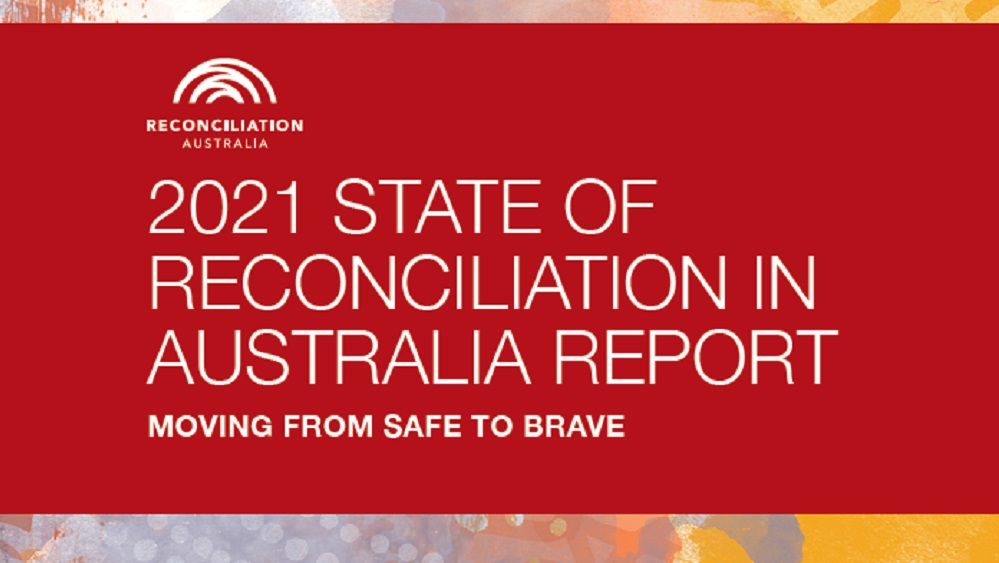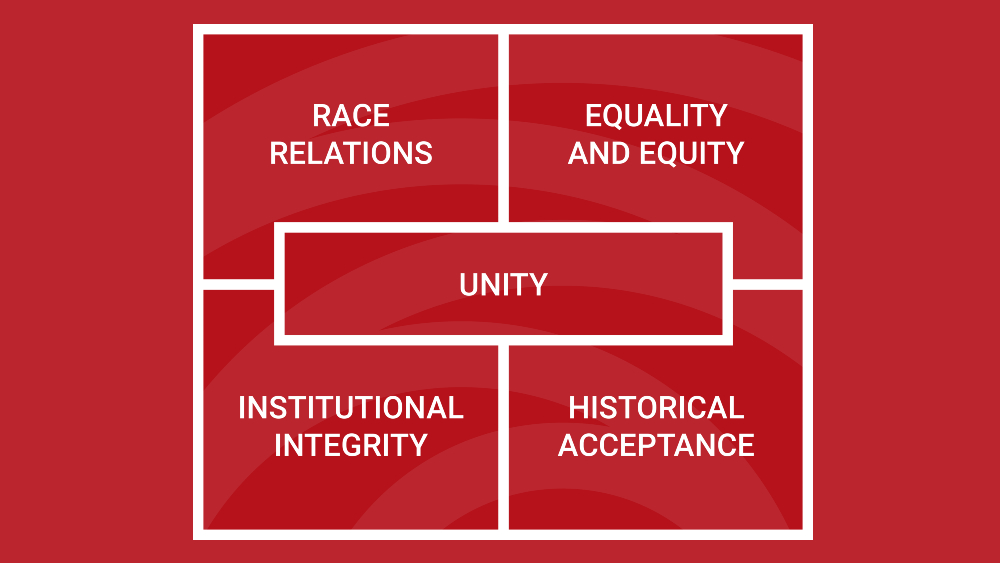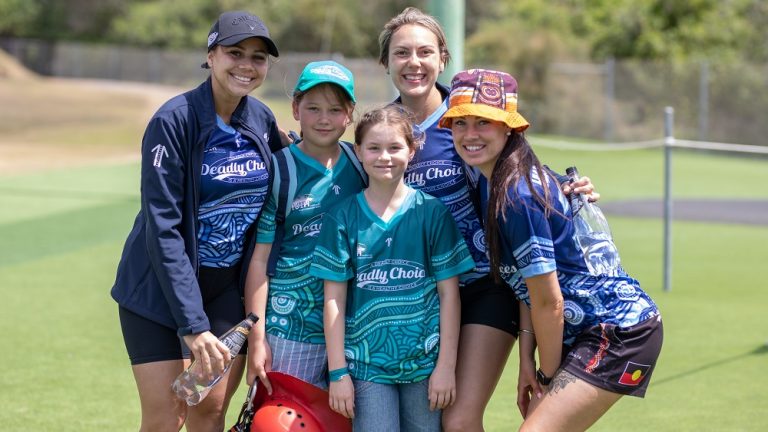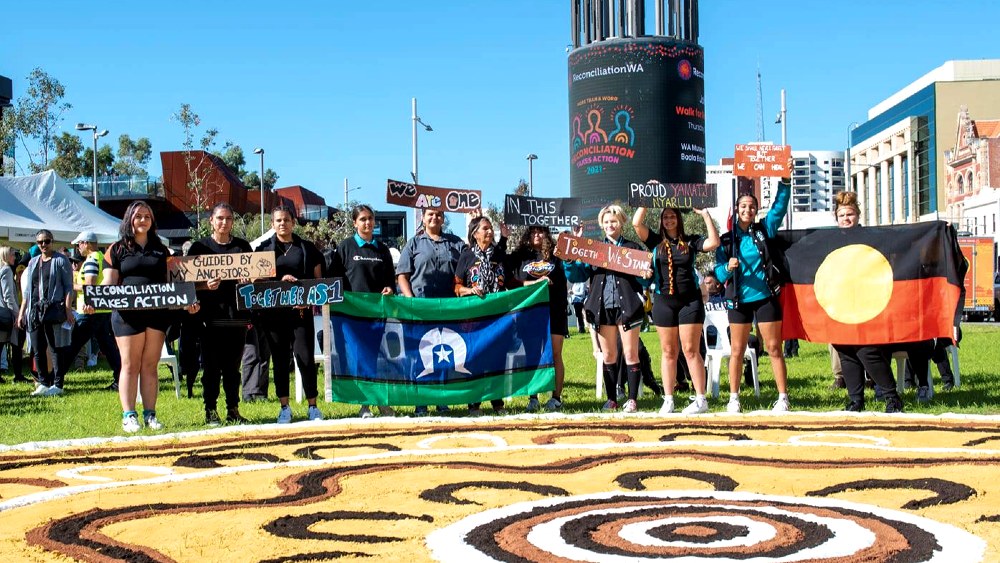
Reconciliation is about strengthening relationships between Aboriginal and Torres Strait Islander peoples and non-Indigenous peoples, for the benefit of all Australians.
Building Reconciliation
Reconciliation is based and measured on five dimensions: historical acceptance; race relations; equality and equity; institutional integrity and unity.
Reconciliation Research
Our research, advocacy, and policy and campaign support underpin knowledge and understanding of, and action on reconciliation.
Get Involved
Connect with state and territory-based reconciliation networks and see some of the campaigns we support.
Learn and understand the differences between these protocols
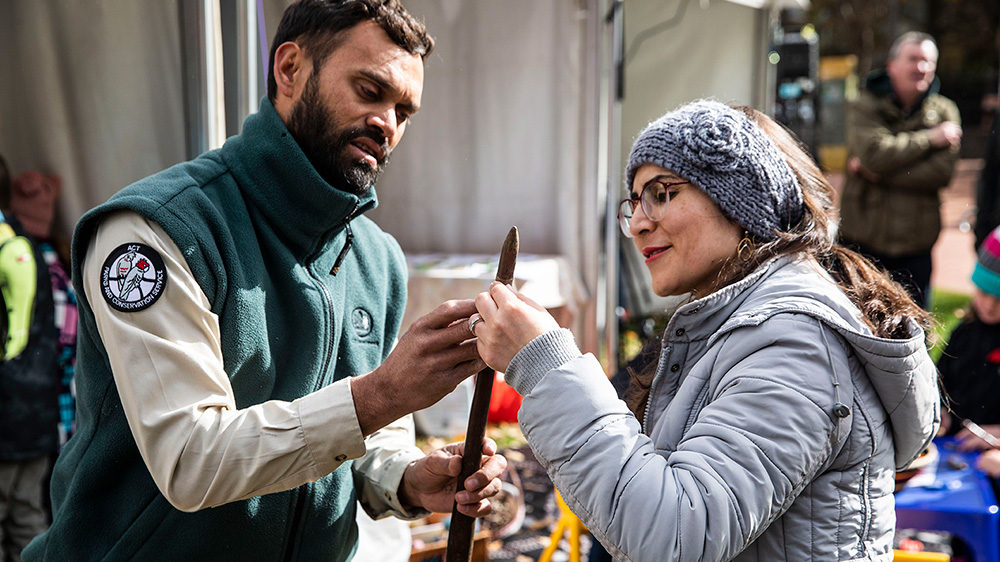
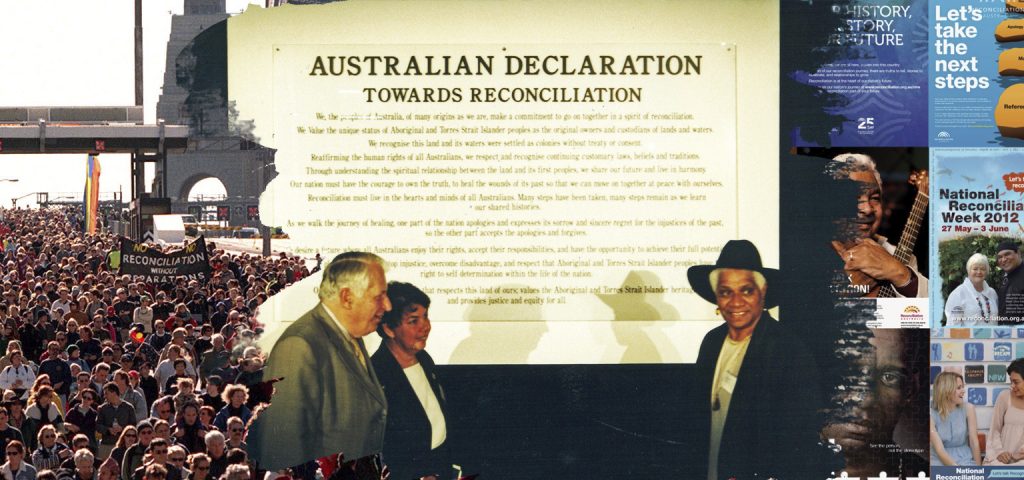
Latest news from Reconciliation Australia
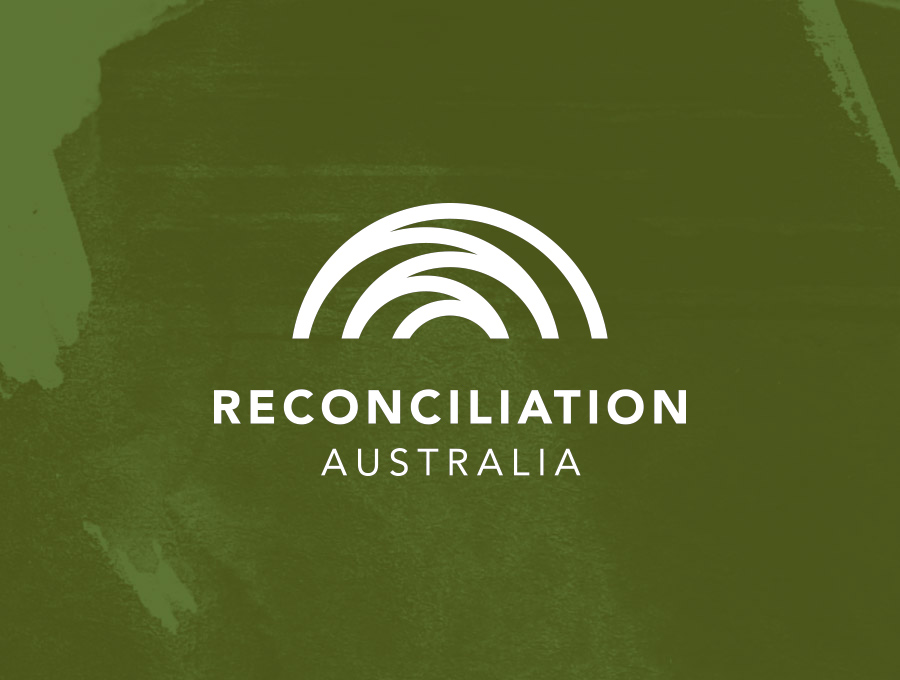
Election 2025: Reconciliation Australia statement
Reconciliation has always had multi-party support and the next Federal Government must place the key tenets of reconciliation at the heart of its work
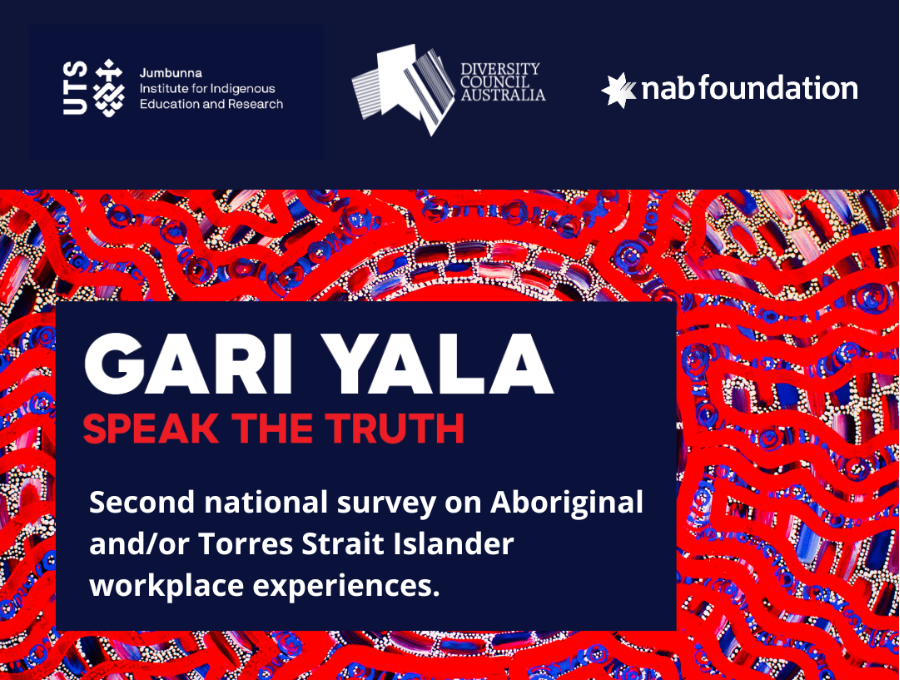
Gari Yala 2 First Nations workers survey now open
First Nations workers invited to share workplace experiences to expand groundbreaking research in Gari Yala 2.

New Reconciliation Australia Board Directors
Reconciliation Australia co-chairs welcome Belinda Duarte (AM) and Stacee Ketchell to the Board of Directors.

